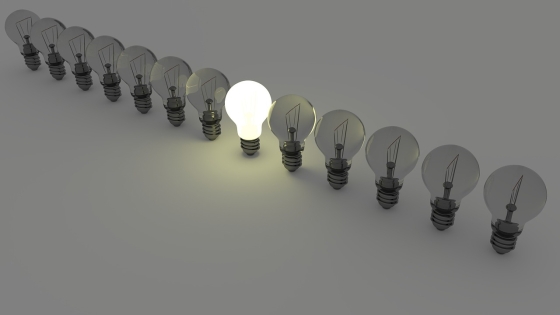Leading Lighting Provider Offers Complete Light Bulb Buying Guide

BLT Direct, one of the UK's leading providers of energy-saving light solutions has put together an easy guide to the light bulb aisle after it emerged that up to 65% of people are confused by the process of choosing the right bulb for them. The survey, which took place in the US but has resonance in the UK where light bulb laws have changed very quickly and the shelves are full of various different products, found that people spend up to seven minutes comparing different light bulbs before settling on one, wasting time and often choosing the wrong lighting solution for them.
Steven Ellwood, Managing Director of BLT Direct, says, "The changes in light bulb laws and the new influx of energy-saving products has left consumers a little confused by the process of changing their bulbs. There are a few basic steps that they can take to ensure that not only do they come away with the right bulb, they don\t spend hours in the aisle debating the best solution, and they don\t pay over the odds for a bulb that isn't right for them."
The first step is to know what type of fixture the bulb will be fitted in. Whether it is a pendant, chandelier, outdoor flood lamp or recessed light installation, each one will have a different type of fixture and knowing this beforehand will easily cut out a huge majority of the bulbs on the shelves or on a website.
Next, it is recommended to look at the Energy Star label. This method of ranking bulbs for their energy efficiency originated in the US, and it can help to sort the wheat from the chaff when it comes to bulbs boasting about their energy-saving abilities. Energy Star-certified LEDs or CFL light bulbs will have been rigorously tested for energy efficiency and quality, and are the most appropriate choice for those looking to cut their bills.
Selecting the bulb brightness is up next. With many bulbs, including LEDs and CFLs, consumers will need to check the lumens, rather than the wattage. The majority of bulb packing nowadays will show the correlation between lumens for LEDs and the wattage for older incandescent bulbs; 100 watts roughly equals 1,600 lumens, 75 watts equals 1,100 lumens, and so on.
Next decide which lighting temperature you want. The lower the number is on the Kelvin scale, the warmer the light will be. Warmer lights (around 2,700K - 3,000K) are better suited to family environments like living areas, hallways and dining rooms, whilst the cooler temperatures (4,100K) suit kitchens and bathrooms. Daylight light bulbs are also popular; they measure in at between 5,500K and 6,500K.
The final step should be if there are any extra features that need to be included in the light. Does it need to be dimmable? Does the bulb need to be a certain shape (spiral, globe, tube, candle, etc)? These final decisions should pave the way to just one or two suitable bulbs that are easy to choose from, saving time, money and effort on the entire process.
Created by Steve Ellwood on 3rd October, 2013
Author
 | Steve EllwoodQualified as an Electrician, founder of BLT Direct |



